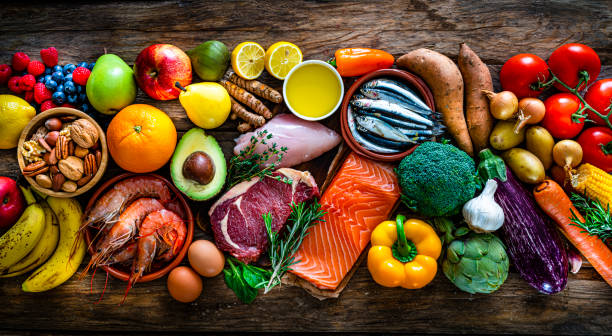
FAQ About Paleo Diet
Paleo Diet
2 years ago | gizem
How do I plan meals on the Paleo diet?
Planning meals on the Paleo diet can be done by following these steps:
- Familiarize yourself with Paleo-approved foods: Start by understanding the foods that are allowed on the Paleo diet. These include lean meats, fish, eggs, fruits, vegetables, nuts, seeds, and healthy fats like avocado oil, olive oil, and coconut oil. Make a list of your favorite foods within these categories.
- Create a meal template: Develop a meal template or structure that works for you. This could involve three main meals per day (breakfast, lunch, and dinner) with optional snacks, or you may prefer a different eating pattern, such as intermittent fasting. Decide on the number of meals and snacks that suit your preferences and lifestyle.
- Plan balanced meals: Aim for balanced meals that include protein, healthy fats, and carbohydrates from non-starchy vegetables, fruits, and, if desired, starchy vegetables or low-glycemic grains (some Paleo variations allow small amounts of these). Consider portion sizes and adjust them based on your individual needs and activity levels.
- Batch cook and meal prep: To save time and ensure you have nutritious meals readily available, consider batch cooking and meal prepping. Prepare larger quantities of proteins, such as grilled chicken or baked fish, and roasted or steamed vegetables, so you can use them throughout the week. Divide them into individual portions for easy grab-and-go meals.
- Include variety and seasonality: Aim for a diverse range of foods to ensure you get a wide array of nutrients. Include different types of vegetables, fruits, and proteins in your meals. Additionally, prioritize seasonal produce to enjoy the freshest options available.
- Incorporate healthy fats: Include sources of healthy fats in your meals, such as avocados, nuts, seeds, and oils like olive oil and coconut oil. These fats add flavor, provide satiety, and help you meet your energy needs.
- Plan for snacks: If you prefer to have snacks between meals, choose Paleo-friendly options such as fresh fruits, vegetable sticks with guacamole or nut butter, hard-boiled eggs, or a handful of nuts and seeds.
- Stay hydrated: Don't forget to drink enough water throughout the day. Water should be your primary beverage, but you can also include herbal teas or infused water for variety.
- Listen to your body: Pay attention to your hunger and fullness cues. Adjust portion sizes and meal frequency based on your individual needs and preferences.
- Seek inspiration: Look for Paleo recipes, meal ideas, and cookbooks to find inspiration and keep your meals exciting. There are many online resources and Paleo-focused cookbooks available to help you discover new flavors and dishes.
